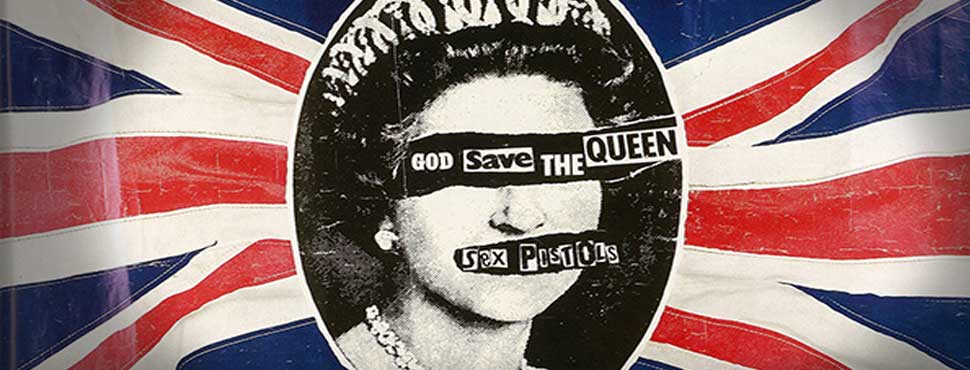“Don’t accept the old order. Get rid of it.”
-Johnny Rotten, Sex Pistols
Since the very first banner ad debuted in 1994, online ads have been designed to be disruptive. Early banner ads were blinking, jumping screaming distractions that were a necessary evil to subsidize great (and awful) content. It’s now 20 years later and obnoxious banners continue to bumble along at the top of our screens. More elegant solutions have added slicker graphics and video footage to capture eyeballs. Meanwhile, high-impact screen takeovers, which just a few years ago were ‘the future,’ are now just another irritating distraction that we all can’t wait to bat away. Let’s face it: Who wants their screen to collapse into an ad when they’re half way through a piece of content?
As content and commerce have become ever more intertwined , the Holy Grail for brands is to find a more natural place alongside editorial content – a more seamless flow between the two.
Which is why disruptive ads are living on borrowed time. IAB has set up a taskforce dedicated to finding more natural ways in which to integrate ads into editorial content with the Native Ad Task Force (full disclosure: Say Media is a member company on the force). While IAB seeks to establish some best practices around this emerging style of custom content, more traditional ads are starting to jump out of their boxes and embed themselves more naturally alongside editorial content. At Say Media we’ve created a bold bold new ad experience on ReadWrite, one of the most widely read and respected technology sites. It’s the first media brand to ever feature Adaptive Ads, which are responsive brand messages that exist within the flow of content – on any device. You can experience it here (click and scroll down). It’s like a full page ad appearing as you flip through a magazine.
In a nutshell, Adaptive Ads are big, beautiful and content-rich. And they’re the future.
In the digital media world, we’re increasingly taking our cues from print magazines for great media experiences. Ads flow naturally alongside content – and even feel more personal, like they belong there, yet we can flick past them if we want to. And if an ad is great, we’ll take the time to immerse ourselves in it. In July’s print edition of Vanity Fair for example, Rolex ran a stunning 16-page ad featuring various icons wearing its pieces. The ad is clean, simple, and gorgeous. You want to read it.
The future of online advertising lies in ads that exist in a very natural state next to the content. They become a part of the reading experience, adapting to mouse or touch controls to feel native to whichever device you’re using. In this way ads become content in their own right and Web pages appear cleaner, delivering a better experience for readers and advertisers.
When content and advertising co-exist like this, it means the design can go in interesting directions. On ReadWrite and with Adaptive Ads, we’ve reduced the amount of interface you see on screen. We embrace scrolling, instead of working around it. Less competition for the user’s attention means that content is the main event. The mythical above the fold area in your browser is no longer the only thing that matters. Everyone scrolls down, it’s just not talked about enough.
What’s old is new again. Adaptive Ads (and other bold new formats that will follow) are a way to infuse some magic into the content experience. It’s a way to bring back some of the beauty of print, and truly create something that feels digitally native.
Yes, all advertising is somewhat disruptive. But this more intuitive and elegant way of inviting readers to immerse themselves in the brand experience could be just what we need regain the trust that years of static and annoying ads have eroded.
Paps Shaikh is European General Manager for Say Media.
Originally Posted August 11, MediaBizBloggers.com

